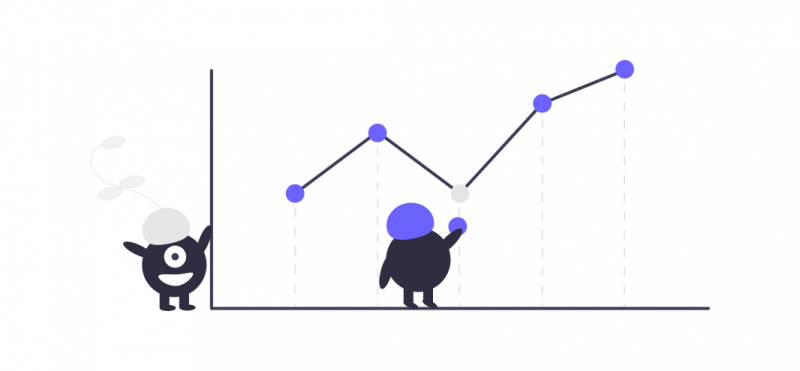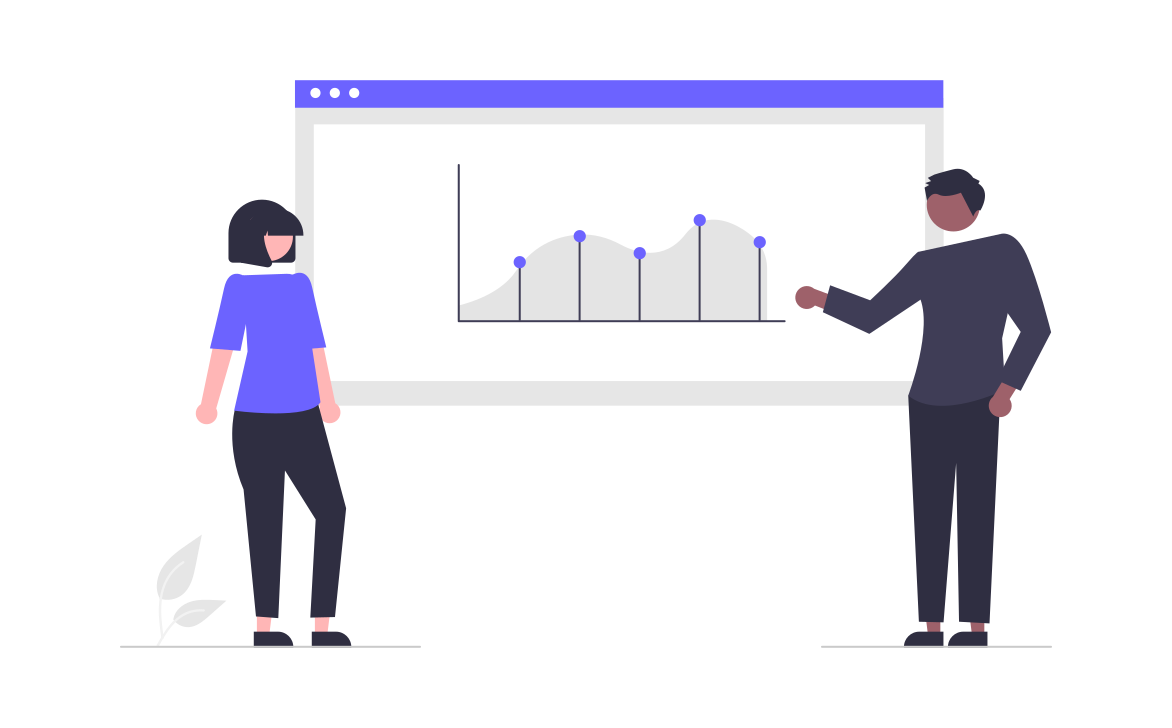
How can we get average, median, mode value in BigQuery ?
BigQuery(BQ) is very useful for data analysis or processing.
It is good at handling huge data. It returns summary result in short time.
And we want average, median, mode value when we analyze data.
How can we get these values in BigQuery ?
So today I introduce about "How to get average, median, mode value in BigQuery".
Prepare data


First, we have to prepare data.
Load this CSV file into table avg_median_sample.
text_col,num_col1,num_col2,num_col3
a,10,1,100
a,10,2,100
a,10,3,100
a,10,4,100
a,10,5,100
a,10,6,100
a,10,7,100
a,10,8,100
a,10,9,100
a,10,10,100
b,12,11,200
b,12,12,200
b,12,13,200
b,12,14,200
c,15,15,200
c,15,16,200
c,15,17,300
c,15,18,300
c,15,19,10000Then we can see table like below.
| Row | text_col | num_col1 | num_col2 | num_col3 |
|---|---|---|---|---|
| 1 | a | 10 | 1 | 100 |
| 2 | a | 10 | 2 | 100 |
| 3 | a | 10 | 3 | 100 |
| 4 | a | 10 | 4 | 100 |
| 5 | a | 10 | 5 | 100 |
| 6 | a | 10 | 6 | 100 |
| 7 | a | 10 | 7 | 100 |
| 8 | a | 10 | 8 | 100 |
| 9 | a | 10 | 9 | 100 |
| 10 | a | 10 | 10 | 100 |
| 11 | b | 12 | 11 | 200 |
| 12 | b | 12 | 12 | 200 |
| 13 | b | 12 | 13 | 200 |
| 14 | b | 12 | 14 | 200 |
| 15 | c | 15 | 15 | 200 |
| 16 | c | 15 | 16 | 200 |
| 17 | c | 15 | 17 | 300 |
| 18 | c | 15 | 18 | 300 |
| 19 | c | 15 | 19 | 10000 |
How to get average value


Once data is prepared, get average value.
In order to get average value, you should use AVG() function.
SELECT
text_col,
avg(num_col1) as avg_1,
avg(num_col2) as avg_2,
avg(num_col3) as avg_3
FROM test.avg_median_sample
GROUP BY text_colResult is like below.
| Row | text_col | avg_1 | avg_2 | avg_3 |
|---|---|---|---|---|
| 1 | a | 10 | 5.5 | 100 |
| 2 | b | 12 | 12.5 | 200 |
| 3 | c | 15 | 17 | 2200 |
How to get median value


Next, get median value.
Median value is not a calculated value.
It is middle value in ordered list.



What is difference between average and median ?



Average value is the center of gravity. If data scale is same in data list, it is good feature.



But if there is big scale value in data list, average value also become large. In that case, it is not a good feature.



Umm, any example ?



For example, assume that there are 100 people and Optimus Prime. What does average weight value mean ?



Oh, Optimus Prime is too heavy. So average value is useless.
We can get median value with PERCENTILE_CONT() function.
We use it as below.
SELECT distinct
text_col,
PERCENTILE_CONT(num_col1, 0.5) OVER(PARTITION BY text_col) AS median_1,
PERCENTILE_CONT(num_col2, 0.5) OVER(PARTITION BY text_col) AS median_2,
PERCENTILE_CONT(num_col3, 0.5) OVER(PARTITION BY text_col) AS median_3
FROM test.avg_median_sample
ORDER BY text_colThen we get this result.
| Row | text_col | median_1 | median_2 | median_3 |
|---|---|---|---|---|
| 1 | a | 10 | 5.5 | 100 |
| 2 | b | 12 | 12.5 | 200 |
| 3 | c | 15 | 17 | 300 |
And if you change second parameter of PERCENTILE_CONT() from 0.5 to 0.1 , you can get 10% position value. If 0.75, you can get 75% position value.
How to get mode value


Then try to get mode value.
The mode is the value that appears most frequently in a data set.
Frequency is important. 100 and 100.1 are different values.
So mode doesn't match for real numbers.
It is good to use for checking group frequency.
In order to get mode value, you vcan use APPROX_TOP_COUNT().
SELECT
text_col,
APPROX_TOP_COUNT(num_col1, 1) top1,
APPROX_TOP_COUNT(num_col2, 1) top2,
APPROX_TOP_COUNT(num_col3, 1) top3
FROM test.avg_median_sample
GROUP BY text_col
ORDER BY text_colResult is below.
| Row | text_col | top1 | top1.count | top2.value | top2.count | top3.value | top3.count |
|---|---|---|---|---|---|---|---|
| 1 | a | 10 | 10 | 1 | 1 | 100 | 10 |
| 2 | b | 12 | 4 | 11 | 1 | 200 | 4 |
| 3 | c | 15 | 5 | 15 | 1 | 200 | 2 |
As you see, .value is value that appears frequently. And .count means appeared count.
Conclusion


Today I described about "How to get average, median, mode value in BigQuery".
In order to get these values, we can use functions below.
- Average:
AVG() - Median:
PERCENTILE_CONT() - Mode:
APPROX_TOP_COUNT()



AVG() is easy to use. But others are little bit complicated.



Soon you will get used to use them.












